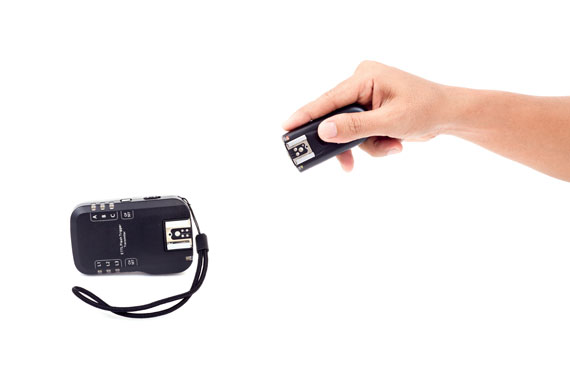If you’re looking to elevate your photography skills, learning how to use off-camera flash with wireless triggers can dramatically improve the quality and creativity of your images. This guide will explain the basics of how wireless triggers work and how you can use them to achieve more professional lighting setups.

What is Off-Camera Flash?
Off-camera flash refers to a technique where the flash unit is physically separated from the camera, unlike the built-in flash that comes with most cameras. This allows photographers to control lighting more precisely, creating dynamic shadows, reducing harshness, and adding depth to the photographs.
The Role of Wireless Triggers
Wireless triggers are essential in off-camera flash setups. They serve as the communication link between your camera and your flash unit. Essentially, a wireless trigger sends a signal from your camera to the flash to fire at the exact moment the shutter is activated.
Types of Wireless Triggers
- Radio Triggers: The most popular type of wireless trigger, radio triggers can work over long distances and do not require a line of sight between the transmitter (attached to the camera) and the receiver (connected to the flash). They are reliable and less susceptible to interference from physical obstacles.
- Infrared Triggers: These triggers use infrared light to send the firing signal. They are usually less expensive but require line of sight between the transmitter and the receiver, and their range can be limited, especially in bright daylight.
- Optical Triggers: Also known as slave flashes, these triggers use light from other flashes to cue firing. They are simple and economical but can be unreliable in bright conditions or over long distances.
How to Set Up Wireless Triggers
Setting up wireless triggers is relatively straightforward:
- Attach the Transmitter: The transmitter unit attaches to your camera’s hot shoe or via a cable to your camera. Make sure it’s secure and switched on.
- Connect the Receiver: Attach the receiver to your flash unit. Some flash units have built-in receivers, which simplifies the setup.
- Test the Connection: Before starting your shoot, test the setup to ensure that the flash fires when you take a photo. This is crucial to avoid missing key shots during a session.
- Adjust Settings: Depending on your shooting environment and the effect you want to achieve, you may need to adjust the settings on both your camera and flash. This could involve flash intensity, direction, and distance from the subject.
Benefits of Using Wireless Triggers
- Flexibility: You can place your flash units anywhere, allowing for more creative lighting setups.
- Reduced Red-Eye: Off-camera flash reduces red-eye and allows for more flattering portraits.
- Better Control Over Lighting: You can manipulate shadows and highlights to better suit the mood of the scene or the features of the subject.
Summary:
Wireless triggers are a game-changer in off-camera flash photography. They provide the freedom and flexibility to experiment with various lighting setups, helping you create professional-level photos regardless of your environment. Whether you’re shooting a portrait, a product, or an event, mastering the use of wireless triggers can significantly enhance your photographic outcomes.
- - - - - - - - - - - - - - - - - - - - - - - - - - - - - - - - - - - - - - - - - - - - - - - - - - - - - - - - - - - - - - - - - - - - - - - - - -
This post Understanding Wireless Triggers for Off-Camera Flash appeared on PictureCorrect.
from PictureCorrect https://ift.tt/lP8BXhx
via IFTTT






0 kommenttia:
Lähetä kommentti